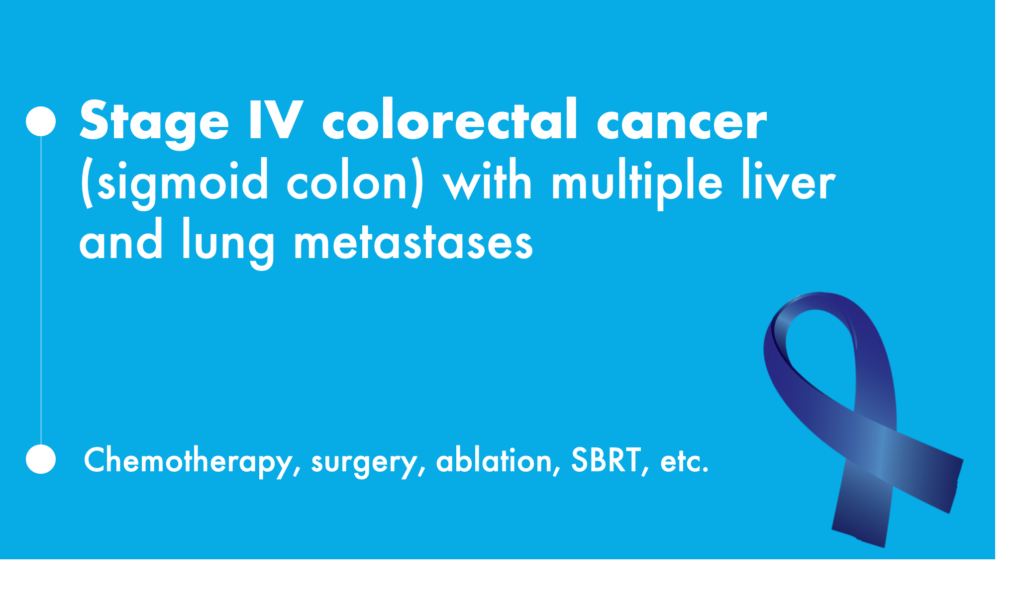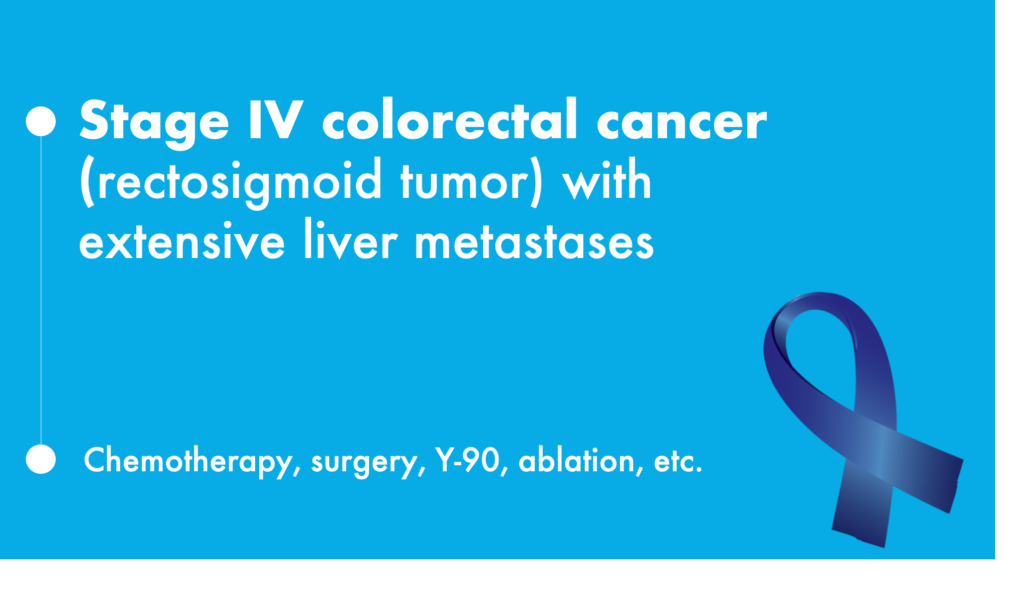Journey of Resilience
A Breast Cancer Survivor’s Journey: From Diagnosis to Triumph
How a Personalized Treatment Plan Led to No Evidence of Disease
In her early 40s, a previously healthy woman discovered a hard lump in her right breast just months after undergoing breast augmentation. Concerned, she sought medical advice, leading to a series of tests and a life-changing diagnosis.
An MRI revealed a suspicious 20x17x20 mm lesion in her right breast, classified as BI-RADS4. A fine-needle biopsy indicated abnormal cell growth, prompting surgical removal. The pathology confirmed invasive ductal carcinoma (IDC) with a high Nottingham score of 8/9, suggesting an aggressive tumor. A follow-up MRI suggested residual cancer, leading to a partial right mastectomy with lymph node removal. The tumor was found to be Grade 3, ER+ (80-90%), PR+ (70-80%), HER2-positive, and Ki67 at 80%, indicating a high growth rate. Fortunately, no lymph node or bone involvement was detected, but positive surgical margins meant a higher risk of recurrence.
To ensure the best possible outcome, a multi-step treatment plan was recommended: surgery (total mastectomy without nipple preservation), chemotherapy (four cycles of epirubicin/cyclophosphamide, followed by 12 weekly doses of paclitaxel combined with trastuzumab), endocrine Therapy (tamoxifen and zoladex to block hormone-driven tumor growth). Given the tumor’s aggressive nature, she participated in a compassionate-use program with oncolytic virus therapy (OVT), including Newcastle disease virus, reovirus, vaccinia virus, and others. Coley’s toxin and atezolizumab were later introduced to stimulate immune response.
Despite the challenges, she tolerated the treatment well and maintained a good quality of life. PET/CT scans initially showed increased tumor activity—a common response to immunotherapy—before a steady decline in tumor size and metabolic activity. After 23 months of treatment, scans revealed no evidence of disease (NED). Even the lung nodules, which had initially raised concern for metastasis, showed metabolic resolution, likely due to an immune response.
Diagnosis
Invasive ductal carcinoma (IDC), Grade 3, no lymph node involvement, high-risk positive margins.
Biomarker profile: HER2-positive, ER+/PR+
Treatment
Surgery, chemotherapy, targeted therapy, endocrine therapy, and innovative oncolytic virus immunotherapy
Outcome
Achieved NED after 23 months of comprehensive treatment
Source: Gesundheit, B., Muckenhuber, A., Posen, Y., Ellis, R., Zisman, P. D., Schmoll, H., … & Srinivas Raju, J. (2023). Oncolytic virotherapy for metastatic breast cancer–a case report. Frontiers in Oncology, 13, 1186888.


